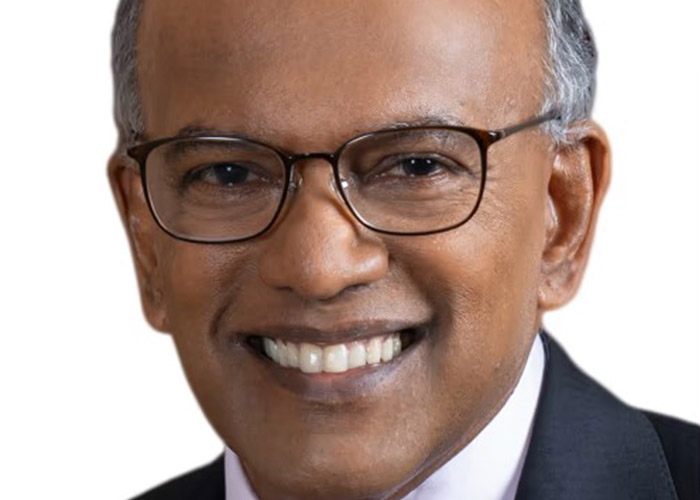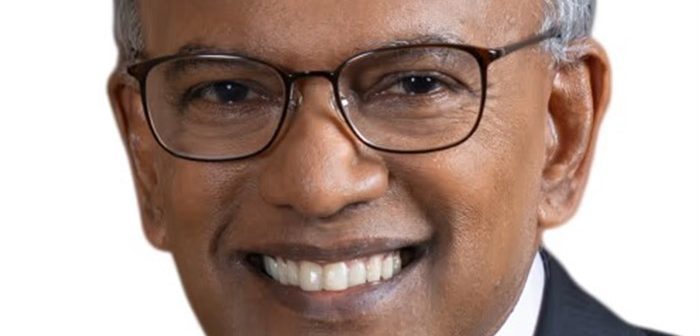
Singapore has ramped up its focus on digital defence as cyber threats continue to evolve, with Coordinating Minister for National Security and Minister for Home Affairs, K. Shanmugam (pictured), outlining a vision of deeper collaboration and capability-building at the CSIT Technology Conference 2025 held on 17 October in Singapore.
Addressing an audience of technologists, policymakers, and security professionals, Minister Shanmugam said Singapore’s national infrastructure, services, and everyday life have become deeply intertwined with the digital realm. The country’s national digital identity platform, Singpass, now underpins more than 2,700 digital services—demonstrating how interconnected daily activities have become.
However, the Minister warned that with this integration comes growing vulnerability. He highlighted a significant increase in cyber-attacks targeting Singapore’s critical information infrastructure, noting that between 2021 and 2024, suspected advanced persistent threat (APT) attacks rose more than fourfold.
One example he cited was the UNC3886 group, which targeted critical systems. “The bad guys are increasingly sophisticated and can conceal their activities,” he said. “We need many different brains and torches to shine light.”
The Minister underscored that defending cyberspace cannot be achieved by any one organisation alone. “This is not one where you ever say that you have reached the end goal. It is always going to be a cat and mouse game,” he said, pointing to the importance of joint responses across government, industry, and academia.
He cited the example of Singapore’s 2018 SingHealth data breach, where agencies worked closely together to contain the incident. Collaboration, he said, remains essential to identifying vulnerabilities early and coordinating effective defences.
Looking ahead, Shanmugam said Singapore is stepping up its cyber capability through new initiatives, including a Digital Defence Hub under the Cyber Security Agency of Singapore (CSA) and the Centre for Strategic Infocomm Technologies (CSIT). The new hub will focus on developing and deploying advanced tools across a range of missions, from counter-APT operations to protecting critical infrastructure.
“Over time, we are able to build up our capabilities,” he said, noting that Singapore recently conducted its largest-ever cyber crisis management exercise, involving 500 participants from 11 sectors. The new Digital Defence Hub will strengthen collaboration between agencies and the private sector while driving innovation in cyber response capabilities.
For international observers, the speech offered several lessons. The convergence of digital and physical systems means cyber incidents now have tangible, real-world impacts. Governments and businesses must coordinate not only to protect their own assets but also to build joint resilience across sectors.
As Singapore positions itself to face tomorrow’s cyber challenges, its approach highlights the importance of collective action, continual capability development, and public–private partnership. As Minister Shanmugam concluded, the goal is to “learn more, share more, and do more together.”





